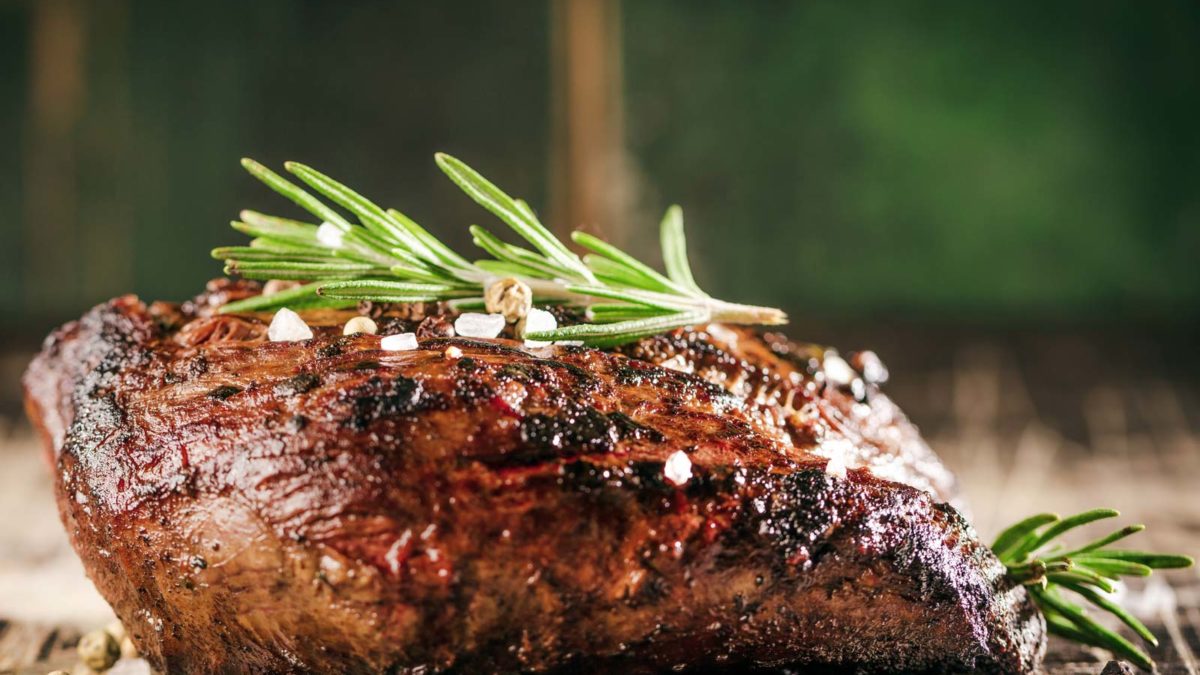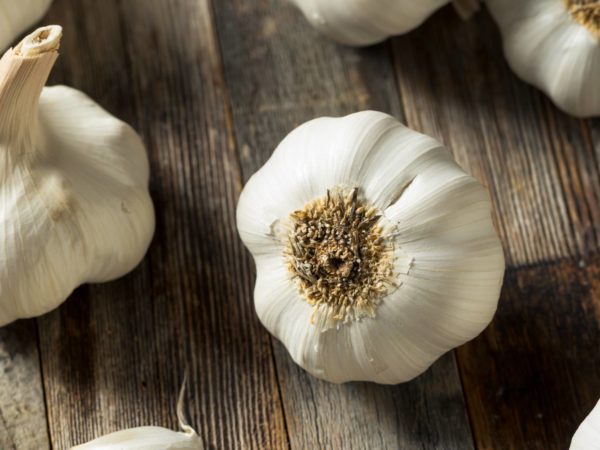The Ultra-Lean, Inflammation-Fighting Beef Alternative
In recent years the culinary popularity of bison has exploded. From bison chili and burgers, to high-end steaks and fork-tender roasts, this once near-extinct food source has become mainstream on menus and in markets across the nation.
And for good reason.
Bison’s sweet, rich meat provides a unique taste alternative to beef. And when it comes to health, bison provides a lot of nutritional heft in an ultra-lean, low-calorie package.
In fact, ounce for ounce, grass-fed bison provides:
- Fewer calories, fat, and cholesterol than skinless chicken, pork or sockeye salmon
- 35% less calories than beef (140 vs. 214 in beef)
- 75% less fat than beef (2.5 grams vs. 10 g in beef)
- 67% less fat than chicken (2.5 g vs. 7.5 g in chicken)
- 26% more iron than beef (3.4 mg vs. 2.7 in beef)
- 16% more vitamin B12 than beef (2.9 vs. 2.5 in beef)
But as is true with most foods, there is a caveat…
All Bison is Not Created Equal
Most commercially-available bison is grain-finished. This means the meat is lower in nutrients and higher in fat and calories than its grass-fed (and finished) counterparts.
But arguably, the most important difference in grass-finished versus grain-finished bison can be found in the omega-6 and omega-3 fatty acid levels. Grass-fed bison has an omega-6 to omega-3 ratio of approximately 4:1. Grain-fed bison has a ratio of 21:1.
Omega-3 fats help reduce inflammation in the body. Omega-6 fats, on the other hand, promote inflammation. So, ensuring that the bison you eat is grass-fed and finished is a key to your long term health.
In addition to its healthy fatty acid profile, there’s another unique nutrient in grass-fed bison that helps fight inflammation… Selenium!
The Inflammation-Fighting Micronutrient in Bison
As an antioxidant, selenium is probably best known for its role in cancer prevention. But it also has important immunological and anti-inflammatory properties and has been associated with a reduced risk of heart disease, too.
Unfortunately, most people don’t get enough selenium in their diet. Processed foods (which comprise the majority of American’s diets) are essentially void of selenium. But most fruits, vegetables and grains are a poor source too, due to soil depletion.
In fact, it has been clearly observed that people who live in selenium-depleted regions of the world experience dramatically increased rates of cancer, infections, and inflammatory disease.
The good news is that many chronic conditions can be prevented – and even reversed – with adequate dietary selenium. And enjoying grass-fed bison is a great way to provide your body with this vital nutrient.
In fact, just three ounces of grass-fed bison provides over 100 mcg of selenium. That is several times the daily minimum requirement. (Grain-fed bison, on the hand, contains only 25% of the selenium you’ll get in grass-fed!)
Preparing Bison: A Few Tips
Nutrient-dense, low-calorie bison is available in almost all of the same cuts as beef. And it can be substituted for beef in all of your favorite recipes.
However, there are a few important things to remember when cooking this meat:
- Don’t Overcook: Because bison is lean and lacks marbling, the meat will cook faster than a similar cut of beef. Bison steaks (like the Bison Tenderloin, Bison Sirloin and Bison Ribeye) are best prepared on the medium-to-rare side to maintain juiciness. For best results, don’t cook past medium.
- Cook at Lower Temperatures: Bison should be treated like lean, grass-fed beef, but typically should be cooked at a lower temperature for a longer period of time. For example, if you typically cook a roast at 325 F, reduce the temperature to 275 F for bison and use a meat thermometer to avoid going past “medium”.
- Add Moist Heat: Slow-and-low is best for fork-tender Bison Chuck Roast or Bison Tip Roasts.
If you haven’t added sweet and succulent, lean and healthy grass-fed bison to your culinary repertoire, you’re in for a treat. Order a bison steak or roast today to pack more rich flavor and vital nutrients to all of your favorite meals.





Leave a Reply